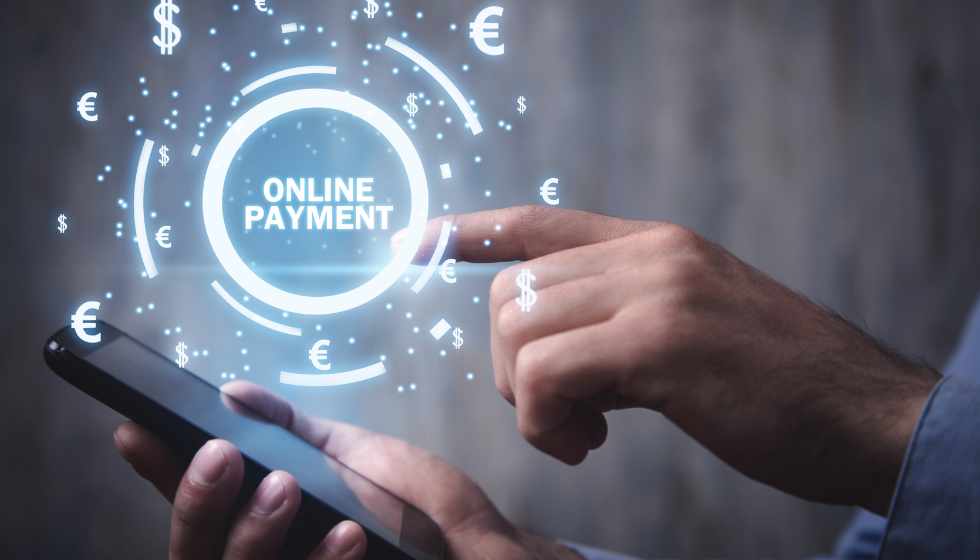The rise of e-commerce has revolutionized the way we shop. Ordering everything from electronics to groceries from the comfort of our homes is undeniably convenient. However, with this convenience comes potential risks. So how can one safely navigate the world of online shopping? Here are some recommendations for protecting both your personal and financial information.
Use Secure Websites for Shopping
Always look for the “https” prefix in the URL rather than “http.” The “s” indicates that the site uses SSL security to encrypt information sent between your browser and the server. Additionally, a small padlock should appear next to the URL.
Beware of Offers that are too Good to be True
It is if an online offer seems too good to be true. Scammers often exploit incredibly attractive offers to lure victims into providing personal or financial information.
Use Credit Cards Instead of Debit Cards
Credit cards often offer better protection against fraud than debit cards. If someone fraudulently obtains your information and charges your credit card, it’s usually easier to dispute those charges and get a refund.
Two-Factor Authentication
When available, use two-factor authentication for your online accounts. This adds an extra layer of security by requiring a password and a second form of verification, such as a code sent via SMS.
Be Careful With the Information Provided
Provide only the strictly necessary information. Be skeptical if a site asks for details irrelevant to the purchase, like your social security number.
Check your Bank Statements Regularly
Check your credit or debit card statements regularly for suspicious or unauthorized activity. Contact your bank immediately if you notice any charges you didn’t make.
Use Strong and Unique Passwords
Avoid using the same password for multiple accounts. If a hacker gains access to one account, they should not be able to use the same password to access others. Use combinations of letters, numbers, and symbols to increase security.
Beware of Phishing Emails
Scammers often send emails pretending to be from popular retailers or your bank to trick you into providing personal information. Always verify the sender’s email address, and do not click on links without verifying they are legitimate.
Use Secure Networks
Never make purchases using a public Wi-Fi network. Hackers can easily intercept information transmitted through these networks. Make sure your network is protected with a strong password.
How to Secure Your Online Purchases?
There are many ways to secure your online purchases. Here are a few tips :
- Buy only on safe sites. Before buying from a website, make sure it is secure. To verify the security of a website, look for the green padlock to the left of the URL and the text “https.”
- Use a strong password. When registering for a website, use a strong password that contains at least eight characters and a combination of letters, numbers, and symbols.
- Enable two-factor authentication (2FA). Two-factor authentication adds an extra layer of security to your account by requiring you to enter an additional code in addition to your password when logging in from a new device.
- Do not share your payment information. Never share your payment information with anyone, not even reputable websites.
- Be careful with links and attachments. Do not click on links in emails or messages of unknown origin, and do not open unsolicited attachments.
- Install antivirus and antispyware software. Antivirus and antispyware software can help protect your computer from malware that can steal your personal information.
- Be aware of scams. There are many scams online that aim to steal your personal information. Be aware of scams, and never give your personal information to anyone who doesn’t ask for it.
Following these tips can help protect your personal information and finances when shopping online.
How to Secure a Payment By Credit Card on the Internet?
The growing use of online shopping has led to increased concerns about the security of online payments. Although online credit card payments are widely considered safe, there are always risks associated with online transactions. Yet, these risks can be greatly reduced by following a few key steps. Here is how to secure payment by credit card on the Internet:
1. Use Secure Websites
Before entering your credit card details, check that the site URL begins with “https” and not “http.” Additionally, a padlock should appear next to the URL, indicating that the data exchanged with the site is encrypted.
2. Beware of Phishing Emails
Never click on links in unsolicited emails asking you to verify your bank information or provide credit card details. These emails may be phishing attempts to steal your information.
3. Use a Secure Internet Connection
Avoid performing financial transactions on public Wi-Fi networks, which may be less secure and more vulnerable to interception. Always use a private and secure network for financial transactions.
4. Use Intermediary Payment Solutions
Services like PayPal or Apple Pay act as intermediaries between buyer and seller, allowing you to make payments without directly revealing your credit card details.
5. Keep your Computer and Browser up to date
Ensure your operating system, browser, and antivirus software are regularly updated. Updates often contain security patches to protect against new threats.
6. Dont Save your Card Details on the Sites
Although it may be more convenient, only store your credit card information on merchant sites. In a site security breach, your information may be compromised.
7. Be careful with Newly Launched Sites
If you buy from a site for the first time, look for reviews and feedback from other customers. Beware of sites with offers that are too good to be true or seem poorly designed.
8. Use a Virtual Card
Some banks offer virtual cards – temporary card numbers linked to your main account that can be used for a single transaction or a short time.
Conclusion
Buying online is convenient, but it requires constant vigilance to avoid potential pitfalls. By following these recommendations, you can enjoy the benefits of shopping online while protecting your information and financial well-being.




